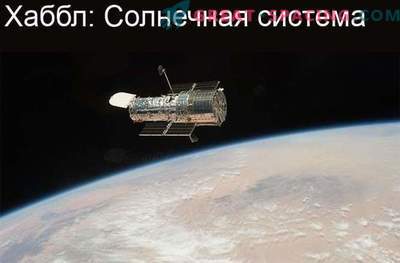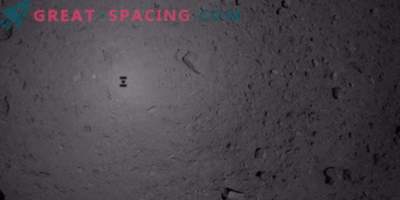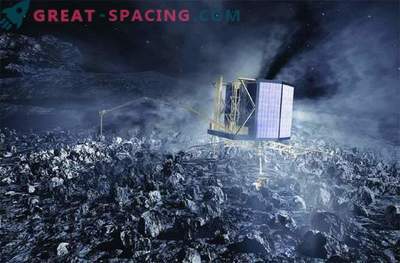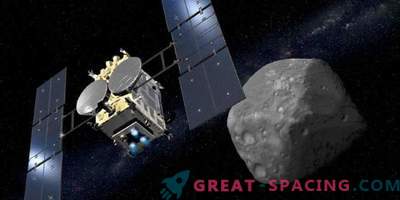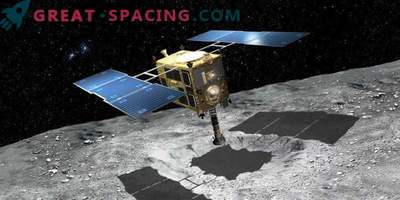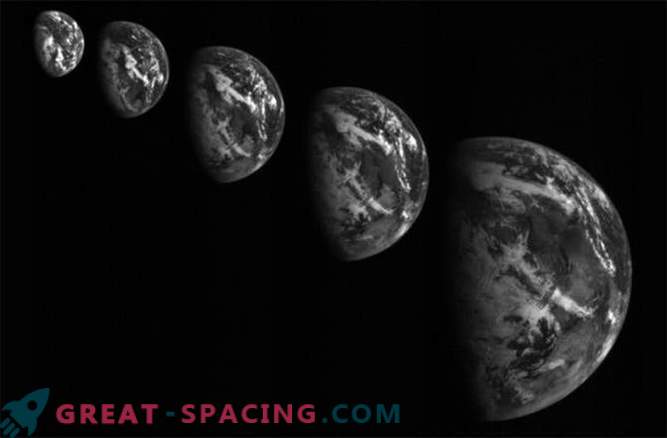
A year after launch, the Japanese Hayabusa-2 automatic interplanetary station approached Earth for a short time in order to accelerate. During the closest passage, the spacecraft searching for asteroids took some amazing pictures of the Earth.
The ship took several shots with the ONC-W2 wide-angle camera. About 9 hours passed between the first and the last picture that you see above. “Hayabusa-2” managed to perform its flyby maneuver, however, the controllers will understand whether it is moving in the right direction, only a few days later.
The ultimate goal is to reach the Ryugu asteroid in 2018 and literally “digging up” a number of secrets from the early Solar System. “Hayabusa-2” will first launch several landing modules (both stationary and mobile), and then descend onto the planet itself, take a sample of the surface that will deliver to Earth in 2020.
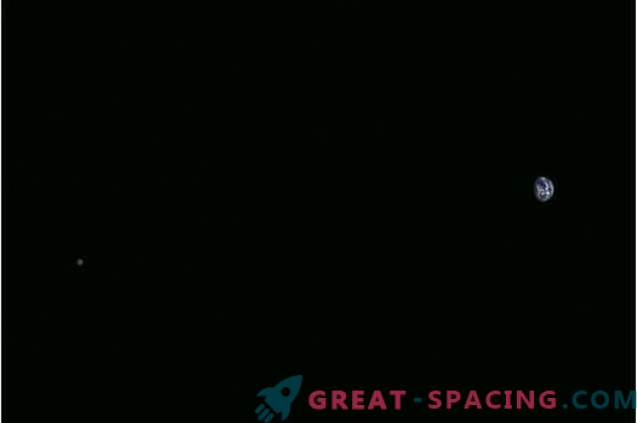
The Earth-Moon system. The photo was taken from a distance of 1.9 million miles on November 26
The photos taken by “Hayabusoy-2” began to appear again at the end of November, when the unit took an excellent picture of Earth and Moon in one frame. From this distance, the survey was carried out only a few times in the entire history of astronautics - for example, from the ships Galileo and Juno during their closest approaches to Earth. “Hayabusa-2” approached the Earth to get the acceleration necessary for traveling to the asteroid. This is a common technique used by spacecraft to save weight and fuel. Perhaps the most famous example of this was the two Voyager ships, which used the rare arrangement of the outer planets to visit Jupiter, Saturn, Uranus and Neptune for one flight.
The ship is a new, more sophisticated model of the previous “Hayabus”, which returned to earth in 2010 with samples of the surface Itokawa asteroid. It is expected that there are more “wet” minerals on the surface than at Itokawa. Therefore, a visit to the asteroid will help clarify the occurrence and distribution of water in our solar system.
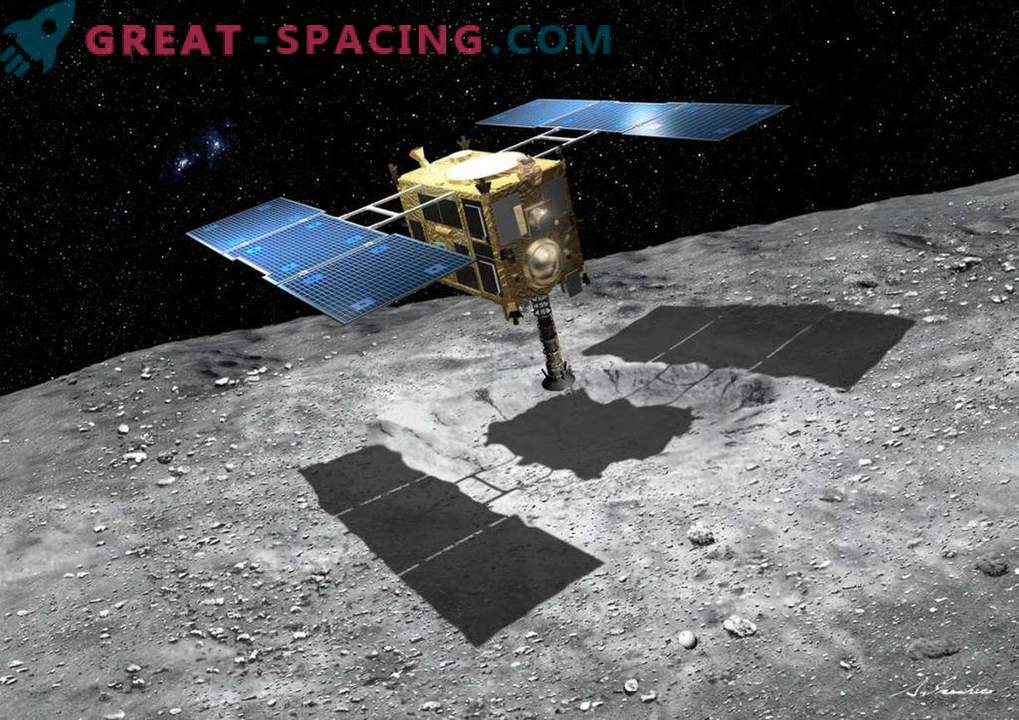
Hayabusa-2 takes samples from the asteroid Ryugu surface
Hayabusa-2 is not the only spacecraft that studies the origin of the solar system. The Rosette mission is still working on the comet Churyumov-Gerasimenko to see how the comet changes after its closest approach to the Sun. Among the main discoveries of the mission - the difference of water on the surface of a comet from the water on our planet. NASA’s New Horizons ship is now in a hurry to come to us from Pluto with a large number of images that it is slowly sending to Earth. It is possible, though not guaranteed, that he will be able to fly around and explore an object from the ice Kuiper Belt in the far part of the Solar System. Like comets and asteroids, these objects are small and probably similar to those that were in the early period of the ancient history of the solar system.
In addition, we should not forget about the large number of telescopes aimed at exoplanets and trying to compare them with our solar system. The ship “Kepler” discovered thousands of candidates and is still working, despite the serious mechanical damage that caused him to change his mission. A recent research paper published a list of more than 200 candidates for research.
